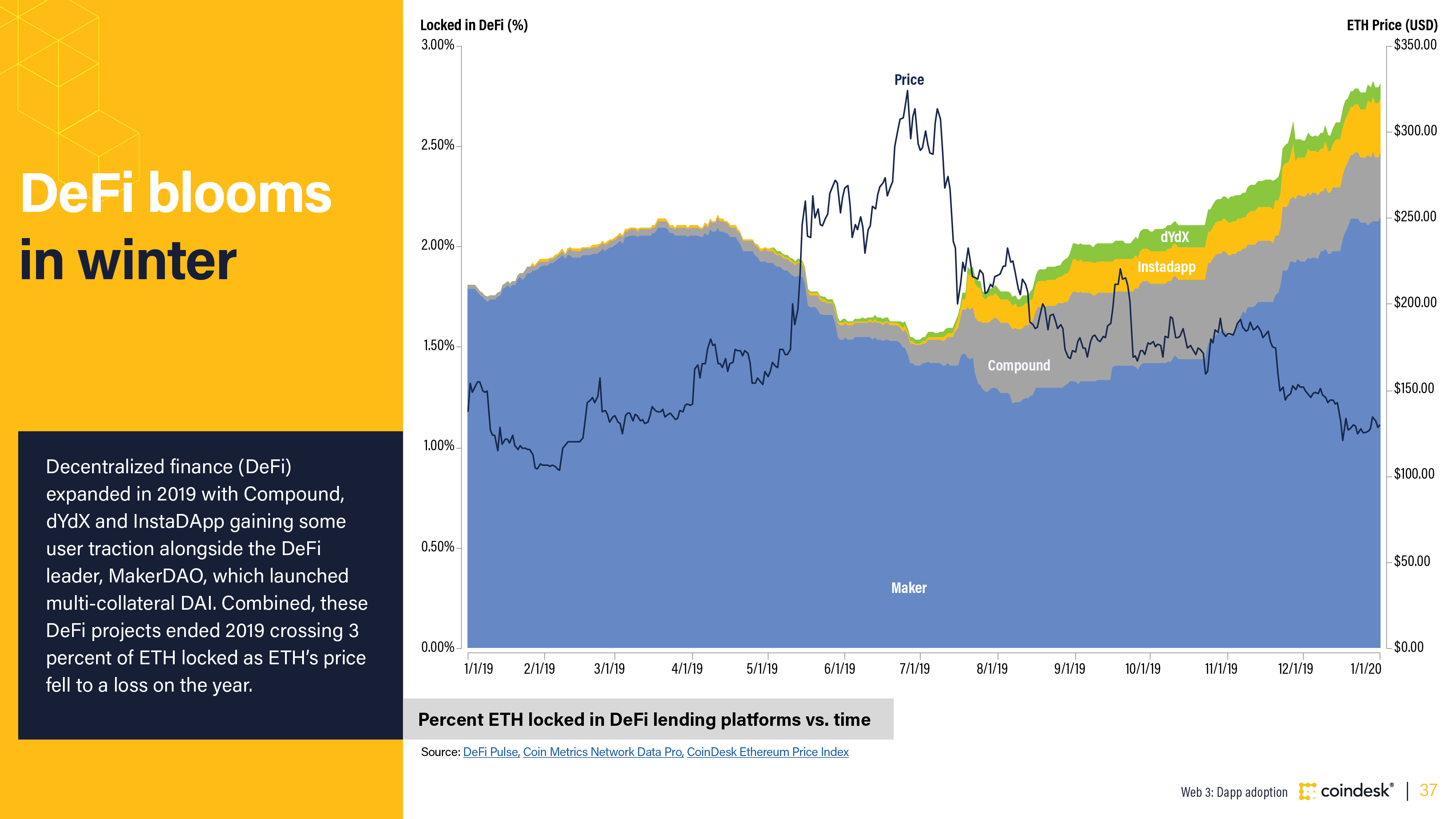Web3 Marketing Needs Some of Apple’s Secret Sauce
The launch of Apple’s Vision Pro headset has been perhaps the most controversial in its recent history – certainly, the biggest pivot since the company moved into the telecommunications market with the launch of the iPhone in 2007. Presenting the innovation at the time, then-CEO Steve Jobs claimed that it would “reinvent the phone.” Boy, was he right.
Current CEO Tim Cook is betting the magic is still there with the Vision Pro – and he’s making many of the same branding and messaging plays that proved so successful for his predecessor, even while the apps, as use cases that prove the technology, are still in their earliest stages of development.
This op-ed is part of CoinDesk’s Web3 Marketing Week.
Note: The views expressed in this column are those of the author and do not necessarily reflect those of CoinDesk, Inc. or its owners and affiliates.
Apple Vision Pro is a headset, but you won’t find that word on the product’s landing page. Neither does Apple doesn’t overly concern itself with terms like augmented reality, extended reality, or mixed reality, even though those technologies are the essence of what the Vision Pro does.
Instead, Apple chooses to tell you about how the Vision Pro enables you to enjoy immersive entertainment experiences from your sofa, capture and relive your precious moments as 3D photos and collaborate with remote colleagues as seamlessly as if you were in the same room.
This is Apple’s secret sauce. It doesn’t tell us why we need the technology – it shows us why we want what it can do. This simple yet impactful communication strategy was instrumental in the widespread adoption of smartphones – and it already seems to be working for the Vision Pro. The device launched to U.S. consumers in February with an initial user base of up to 200,000 based on sales. If that seems underwhelming, then game engine giant Unity announced support for VisionOS from the moment of its release and there are further plans to roll out the device to the tech-hungry Chinese market later this year.
Like spatial computing, Web3 is also an umbrella term, liberally thrown together with terms like blockchain, digital assets, DeFi and the rest of the crypto-jargon dictionary. But most people embedded in the crypto sphere have little grasp of how meaningless these words are to the lay person – and it’s not for a want of understanding their implications.
Assuredly, the tech is appealing: a global survey carried out by Consensys found that 83% of respondents prioritize data privacy, 70% think they should share in the profits made from their data and 79% desire greater control over their online identities. Thus, the core values of Web3 are a vote-winner with the general public. Yet a disconnect remains: people support the ideology of Web3 without realizing what it is or how they can incorporate it into their lives.
At the moment, the industry is an echo chamber with companies preaching to the converted using an esoteric lingua franca that resonates with a small audience of switched-on, tech-savvy users and crypto-native investors. To make good on the promise of Web3, there needs to be a shift towards more accessible, relatable messaging.
To give a simple example, instead of discussing the intricacies of distributed ledger technology, the focus should be on the new use cases: what can we do now that we couldn’t do before?
For instance, how someone working overseas who wants to send money home to their beloved family can access instant, cheap and secure cross-border payments while protecting their personal data?
Or how can new login methods and a new online identity help otherwise non-tech savvy users take back control of their data, doing away with the need for complex password managers or the headache of lost credentials?
Or, how can we empower a growing global population of digital creators to earn actual, meaningful income from their creations without ceding control of their IP or risking losing their carefully curated audiences and content?
All these and many other use cases are critical to the massive adoption of blockchain-based products. But in each case, they’re focused on a person who wants or needs what the technology can do – in a way that’s different or better than it can be done today.
Just as the internet was once a complex concept now widely understood, web3 can be explained through familiar scenarios and analogies that link it to everyday experiences. In the case of NFTs, the comparison to irreproducible digital collectibles – one-of-a-kind trading cards – is one just about everyone can comprehend.
In short, for Web3 to enter the mainstream it must adopt a comms strategy that lands with the 92% of people currently beyond its realm of influence. This can be achieved through simplified messaging, a focus on relatable benefits, and jargon-free storytelling and analogies.
By speaking the language of Web2, the blockchain world will not only be understood but also embraced as the natural evolution of the World Wide Web.
Edited by Daniel Kuhn.









